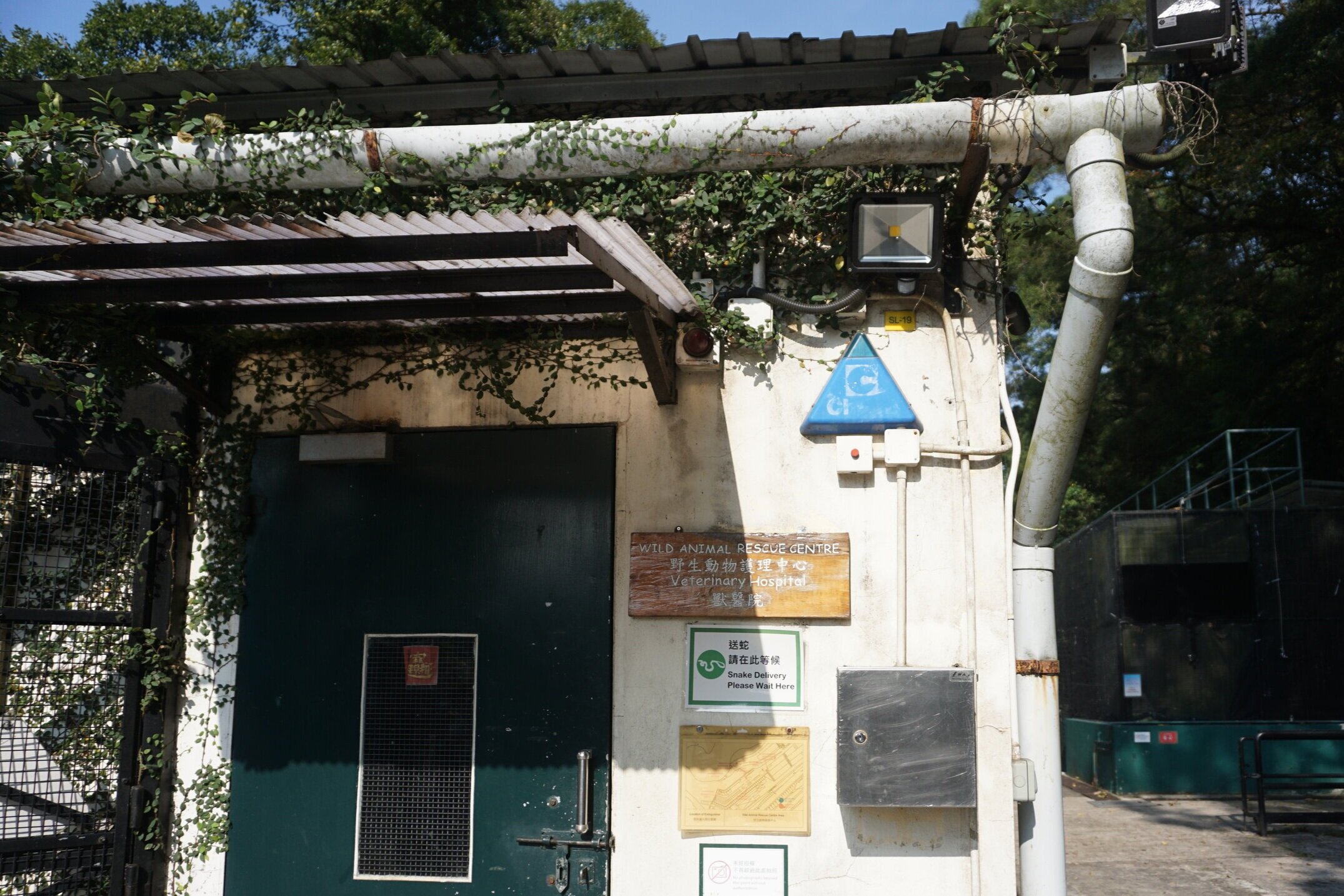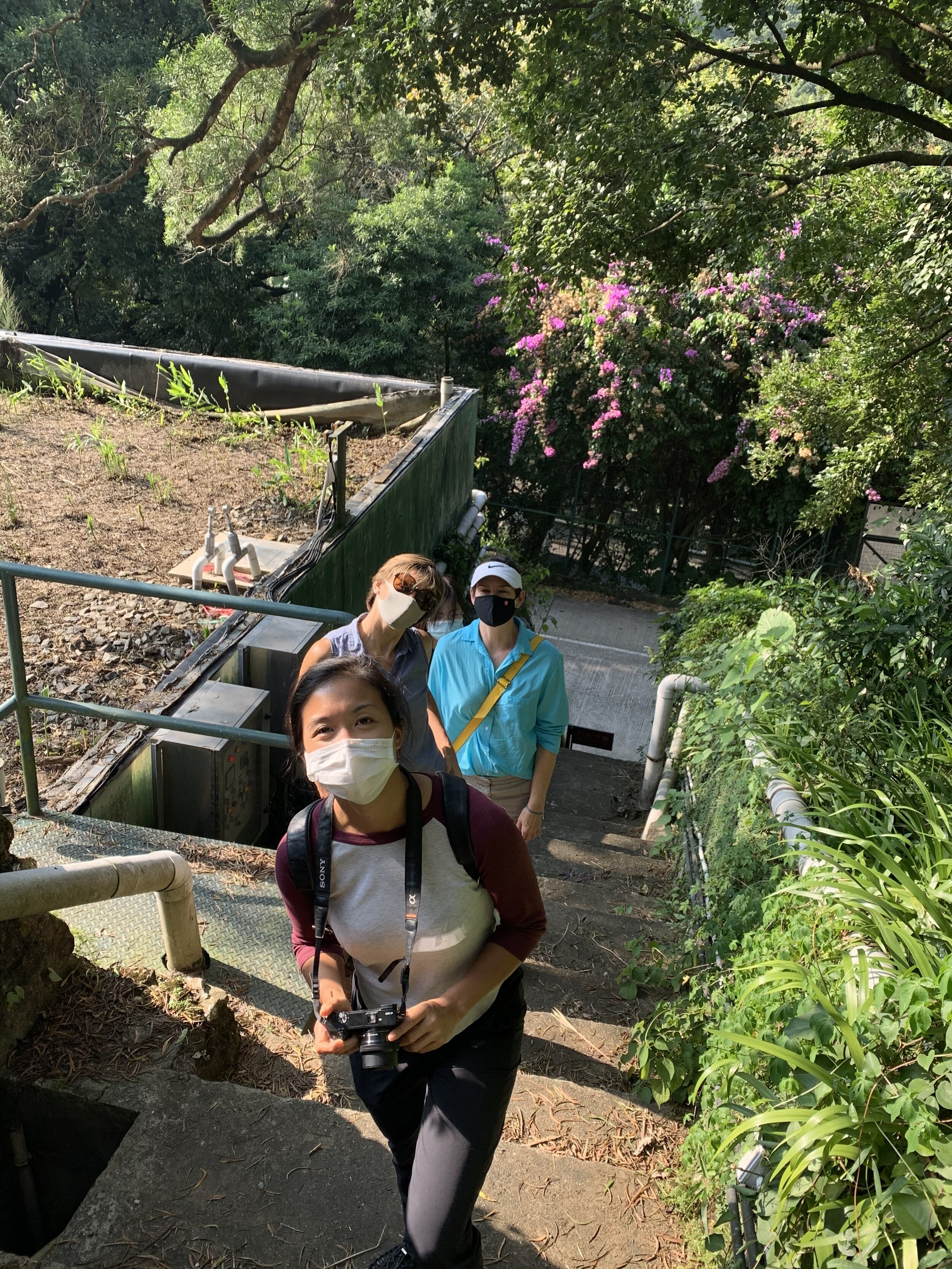A behind the scenes peak at Kadoorie Farm & Botanic Garden
The Purpose Business was invited to take a “behind the scenes” tour at Kadoorie Farm & Botanic Garden (KFBG). Dr Michael Wong, Head of Partnerships, kindly took us around the 148-hectare farm to look at what they don’t show daily visitors.
Established by the Kadoorie Brothers in the 1950s, the farm originally aimed to provide agricultural aid to farmers in need of support, in order to help them lead more independent lives. Now, 70 years later, KFBG is a nature sanctuary that aims to raise awareness of ecological and sustainability issues, undertakes species conservation, restores ecosystems and reconnects people with nature. Their work spans areas of Hong Kong and South China.
Located in a rural part of the New Territories, KFBG’s mission is to harmonise our relationship with the environment, focusing on local plants and animals - exactly what we did during our private tour. Throughout the afternoon, we took four main stops – at the orchid nursery, compost facility, Wild Animal Rescue Centre and the constructed wetland wastewater treatment system.
1. Orchid nursery
At the orchid nursery they grow more than 550 species of orchids. KFBG believes in organic farming and sustainable agriculture and avoids using any pesticides or other chemicals that may affect the natural life cycle. They have adopted a scientific approach to species restoration for several native orchids. For example, through carefully monitoring relic populations of an endangered orchid species, they can understand the sorts of habitat that this species may thrive in, paving the way for reintroduction. They’ve also applied this technique to regions outside of Hong Kong, helping to plant more than 1,700 seedlings of the rare lithophytic orchid Phalaenopsis pulcherrima in Bawangling National Nature Reserve in Hainan, China.
Orchid nursery housing over 550 different species of orchids
Phalaenopsis pulcherrima
(Image from kfbg.org)
2. Aerobic compost facility
This was the smelliest part of the tour! Unsurprisingly, our team found this to be one of the highlights, reaching into the compost piles to smell them without hesitation. Most of KFBG’s plant waste materials and animal waste are sent to these composting sheds, producing more than 30 tonnes of compost every year. It takes about three months to go through one entire cycle and the ready-to-use natural fertiliser is used as soil in the orchards, greenhouses and vegetable gardens.
Dr Merrin Pearse getting up close and personal with the compost material
3. Wild Animal Rescue Centre (WARC)
We continued on to the Wild Animal Rescue Centre (WARC), where the Fauna Conservation Department runs several programmes to help protect and conserve local wildlife and temporarily hold exotic species animals that have been illegally trafficked to Hong Kong. They have a modest number of holding enclosures and rehabilitation facilities to help nurse animals back to health and either return them to the wild or place them in a permanent conservation facility locally or overseas. Every year, around 3,000 animals are brought to WARC, including injured or sick local wild animals. Native wild snakes account for a large proportion of the arrivals.
Vet Hospital of the Wild Animal Rescue Centre
Mindanao Water Monitor lizard from the Philippines, an illegal pet trade species
The Wild Snake Rescue Project, in partnership with the Agriculture, Fisheries & Conservation Department and the HKSAR Police, was established in 1999 with the aim to mitigate human-snake conflict by providing a safe point for snakes to be taken when they are reported to and captured by the police. For the past 20 years, this project has helped to mitigate the human-snake conflicts in the city. The semi-natural habitats in Hong Kong close to rural and urban areas support diverse snake fauna which leads to more-frequent-than-desired snake visits into human habitation. As of 2019, the joint project processed over 14,000 snakes – all handled by rescue professionals who receive the snakes in a special holding box and bag that ensure both staff safety and the wellbeing of the rescued snakes.
Dr Gary Ades, Head of Fauna Conservation, was on-site that day and showed us the procedure for safely opening a holding box and bringing out the snake to inspect for injuries.
A snake brought in for the day to be inspected for injuries
4. Constructed Wetland Wastewater Treatment System
On the last stop of our tour, we hiked up to a site that is not frequented by daily tourists. As KFBG is neither connected to the Government sewer system nor discharge wastewater, all of their major toilet and animal enclosure facilities are connected to a Wetland Wastewater Treatment System. This is essentially a vertical parking lot-like structure that includes four levels, including an open rooftop, that uses a variety of wetland plants as biological filters for the treatment of wastewater.
On each level, the roots of the plant and other micro-organisms suck up the pathogens and nutrients in the water, thus “cleaning” it, allowing the treated water to be re-used for toilet water and irrigation of non-edible plants. The water flows from the top level down to each level beneath, going through the natural treatment process four times before re-use.
On the way to our last stop, the Constructed Wetland Wastewater Treatment System
The top level, showing a variety of wetland plants used as biological filters to treat wastewater
The KFBG team taught us many things that day and, ending the day on a high note, revealed their plans to expand their approach to nature and animal conservation in mainland China. Their approach with the public goes beyond just providing people with a beautiful day out, but rather holistically educating visitors about how they can help to preserve the harmony of nature.
“We'd love for the community and companies to support our work. This planet really needs all of us to work together to sustain it. We envision a world in which people live sustainably with respect for each other and nature.”
- Dr Michael Wong, Head of Partnerships










